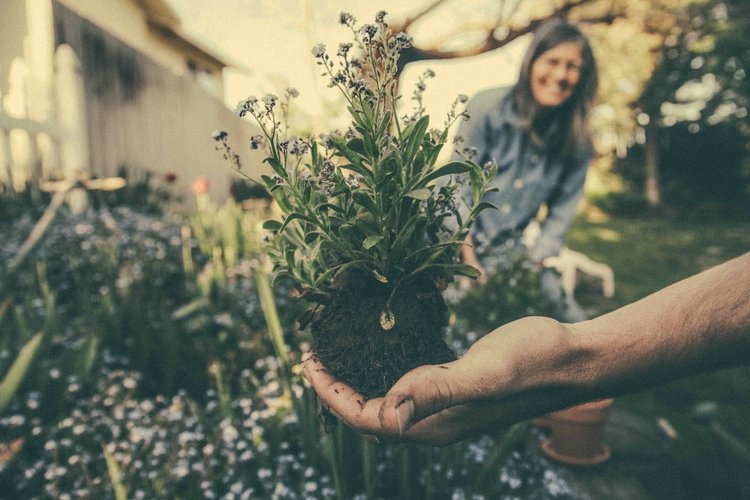Despite a lot of misconceptions, installing a septic treatment system on your property does not mean that you can’t grow anything over it. In fact, it’s actually very helpful to have a garden growing over your septic tank once it has been installed, as it will help with evaporation in the drain field area – thus preventing erosion, collapse or other problems caused by excess moisture.
The number one rule is to never grow anything that you are intending to eat, as there is a possibility of ingesting harmful bacteria. However, there are plenty of plants that can and will contribute to the aesthetics and function of your garden without causing damage to your tank. Let’s take a look!
The Baseline – What You Should Know About Septic Tank Gardens
Wastewater treatment systems need to be kept in an environment that is suited to their needs in order to operate perfectly, so there are a few rules to designing your garden around your existing tank.
RULE ONE: SHALLOW ROOTS
Planting anything that stretches its roots far down into the ground is a sure-fire way to damage your newly-minted septic tank. Your biggest worry here is actually the system of drain field pipes populating the area around the system – if plant roots get into these and gum up their operations, you’ll have a heck of a time uprooting everything to figure out the problem. And remember, grass is always the best option.
RULE TWO: DROUGHT-HAPPY PLANTS ARE BEST
Plants that need a lot of water are going to push their roots toward the water being stored in your septic tank, prompting them to entangle the system and cause a whole host of issues. Your best bet when planting a garden above-ground is therefore to choose plants that are happy in dry conditions.
RULE THREE: ALKALINE SOIL
Septic systems are inherently alkaline, and any drainage field surrounding yours is going to have that same characteristic. Therefore, it is important to choose plants that will survive and thrive in an alkaline environment. In other words, plants that don’t mind a bit of salt and base.
RULE FOUR: PROTECT YOURSELF
Finally, you must remember to don gloves every single time you go digging around in your drain field. It’s not quite the same as eating plants that have grown from a septic draining field, but plunging your hands into the soil creates the potential for contaminants to do you harm, so glove up!
Our Suggestions for Some Septic Tank Plants
With all of these rules in mind, we have some suggestions for the perfect plants to populate the coming garden in your drain field.
-
Lawn grass: an excellent staple and the best choice for covering your drain field. Lawn grass is typically short-rooted and survives well with very little watering. This is also typically a one-and-done solution, which is great! You don’t want to dig around too much and disturb the tank (or your health).
-
Perennials and annual colour: Anything with a pop of colour and short roots will suit beautifully, and perennials are especially suitable, so don’t be afraid to do a big shop at your local plant nursery! A little colour never hurt anybody.
-
Garden Beds: Did you know that your drain field can be installed in existing garden beds? That way you can put your drain field to good use and water your existing garden. If this is something you would like to consider, you would need to discuss with your installer ahead of the installation.
Get the lowdown on all things wastewater
We love to get our hands dirty, which is why we offer every kind of septic tank service under the sun. From septic tank cleaning and servicing to installations, we’ve got you covered, so give us a call today!
